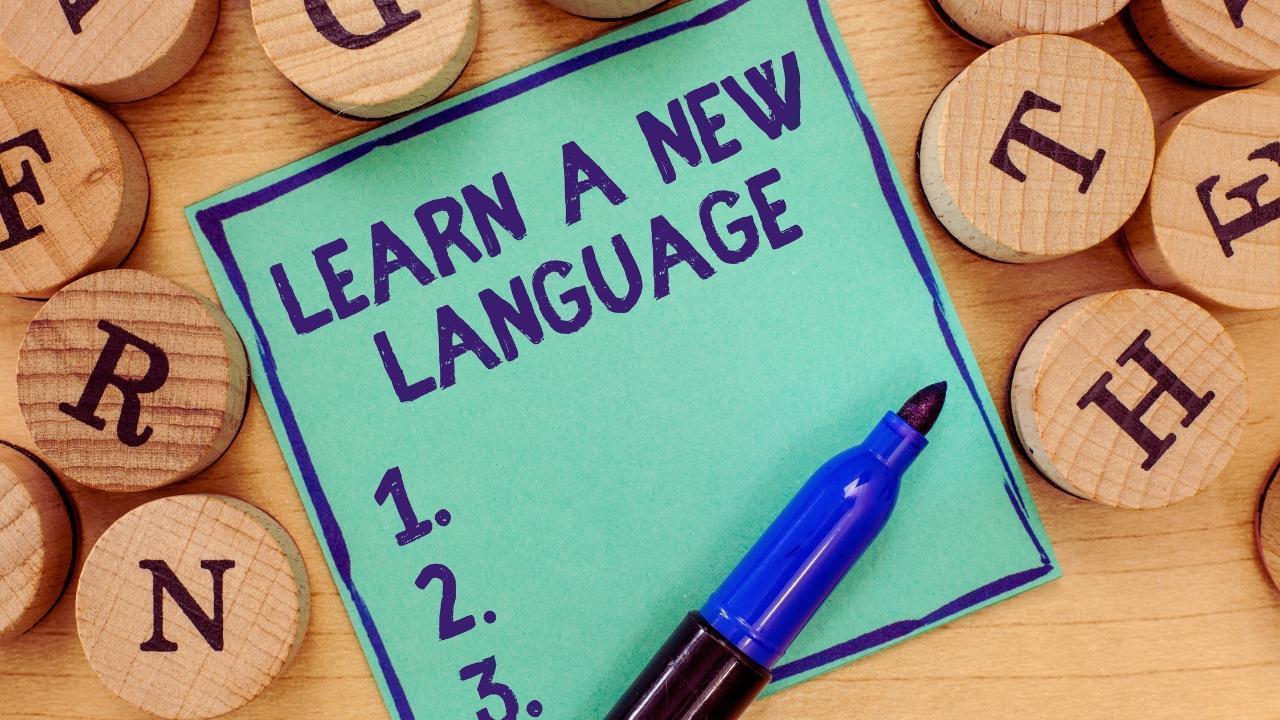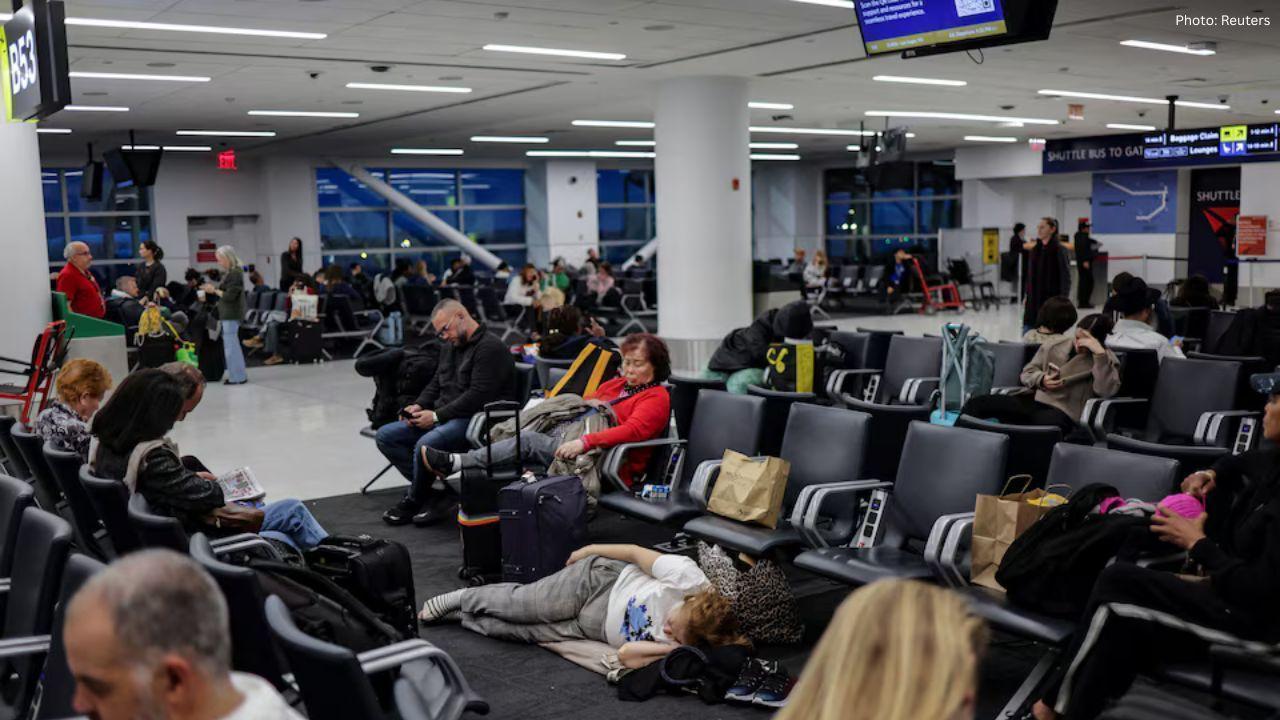You have not yet added any article to your bookmarks!

Join 10k+ people to get notified about new posts, news and tips.
Do not worry we don't spam!

Post by : Anis Farhan
In classrooms across Southeast Asia, children are learning to navigate two linguistic worlds. One is the national or mother tongue — a vessel of culture, tradition, and identity. The other is English, often seen as the passport to global opportunity. As governments embrace bilingual education to prepare future-ready citizens, a critical question arises: Can the region promote linguistic diversity without compromising its cultural soul?
For countries with multiethnic populations and colonial legacies, the question of language in education is deeply political. In Malaysia, Indonesia, Singapore, Thailand, and the Philippines, language has historically served as both a unifier and a divider. Today, bilingual education promises inclusion, mobility, and global relevance — but only if implemented with nuance, equity, and sensitivity to national identity.
English is now the global language of business, science, diplomacy, and digital innovation. Across ASEAN, policymakers recognize that English proficiency boosts competitiveness and unlocks access to global knowledge economies. But the region’s linguistic landscape is far from uniform — hundreds of languages are spoken, and many are endangered.
Bilingual education, which incorporates both local and international languages into the curriculum, has gained traction as a compromise. It allows students to maintain cultural grounding through native tongues while gaining economic leverage via English.
Singapore has long implemented a bilingual policy where students learn English and a “mother tongue” (Chinese, Malay, or Tamil). Indonesia’s private international schools increasingly use English as a medium of instruction. In Malaysia, science and mathematics are often taught in English, while Bahasa Malaysia remains a core subject. The Philippines, too, balances Filipino and English in its curriculum.
The promise is clear: bilingualism builds bridges. But without careful implementation, it can also create linguistic hierarchies and cultural erosion.
Language is more than a communication tool — it is a repository of culture, emotion, memory, and worldview. When children learn in their native tongue, they access education more intuitively. Studies show that early education in a first language improves comprehension, retention, and cognitive development.
But when English is introduced too early or prioritized too heavily, native languages can be sidelined — both in classrooms and in homes. Parents may feel pressured to speak only English, assuming it guarantees academic success. Local dialects and indigenous languages often suffer, labeled “backward” or “impractical.”
In Thailand, for instance, many ethnic Malay students in the southern provinces struggle in school due to instruction being delivered in Thai rather than their native tongue. In Borneo, indigenous children face similar barriers when their home languages are excluded from formal education.
Such exclusions do more than hinder learning — they send a message that some identities are less valuable than others.
Bilingual education is not simply about adding another language to the curriculum. It requires well-trained teachers, high-quality textbooks, inclusive assessment methods, and consistent policy backing. These are often lacking in public systems, especially in rural areas.
Teachers may themselves be more proficient in one language than the other. In Malaysia and Indonesia, some educators have voiced discomfort with teaching technical subjects in English. Students may end up code-switching — using English terms within native sentences — which, while common, can lead to incomplete mastery of either language.
Moreover, bilingual models can inadvertently deepen class divides. Wealthier families can afford private bilingual or international schools, while public-school students receive inconsistent exposure. Without equity-focused investment, bilingualism risks becoming a privilege rather than a right.
In countries grappling with post-colonial identities, language is inseparable from politics. Choosing which languages to prioritize in schools often triggers debates about race, religion, and national unity.
In Malaysia, the prominence of Bahasa Malaysia is seen as essential to national identity and majority cohesion. Yet, demands for English-medium education persist among urban and minority groups seeking global opportunities. In Indonesia, where Bahasa Indonesia is a unifying force across 700+ languages, the growing popularity of English-medium schools has prompted concerns about linguistic imperialism.
Balancing these tensions requires acknowledging that bilingualism doesn’t have to mean dominance — it can mean coexistence. National languages should not be sacrificed in the name of globalization, but neither should students be denied access to the world.
The future of bilingual education in Southeast Asia must prioritize inclusivity, equity, and identity. This means:
Early childhood education in native tongues, with a gradual and supported transition to English.
Culturally relevant curricula that incorporate local stories, proverbs, and values in both languages.
Investing in teacher training, so educators are comfortable navigating bilingual classrooms.
Protecting indigenous and minority languages through community schools, media, and cultural initiatives.
Importantly, bilingualism must be presented as an asset — not a threat. When framed correctly, it empowers youth to move confidently between local traditions and global platforms.
This article is intended for informational and editorial use only. It does not reflect the views of any government or education authority. For guidance on national education policy, readers should refer to official sources.










Akshaye Khanna exits Drishyam 3; Jaideep Ahlawat steps in fast
Producer confirms Jaideep Ahlawat replaces Akshaye Khanna in Drishyam 3 after actor’s sudden exit ov

Kapil Sharma’s Kis Kisko Pyaar Karoon 2 to Re-release in January 2026
After limited screens affected its run, Kapil Sharma’s comedy film Kis Kisko Pyaar Karoon 2 will ret

Hrithik Roshan and Saba Azad Celebrate Christmas at Family Party
Hrithik Roshan and Saba Azad celebrated Christmas at Sussanne Khan’s party, sharing happy moments wi

China Sanctions 20 US Defense Firms Over Taiwan Arms Sales Dispute
China imposes sanctions on 20 US defense companies and 10 executives for supplying arms to Taiwan, e

Salman Khan’s Grand 60th Birthday Bash at Panvel Farmhouse Shines Bright
Salman Khan celebrates his 60th birthday with a grand party at Panvel farmhouse, sharing joyful mome

Thailand Defence Minister Joins Talks to End Deadly Border Clash
Thailand’s defence chief will join talks with Cambodia as border clashes stretch into a third week,